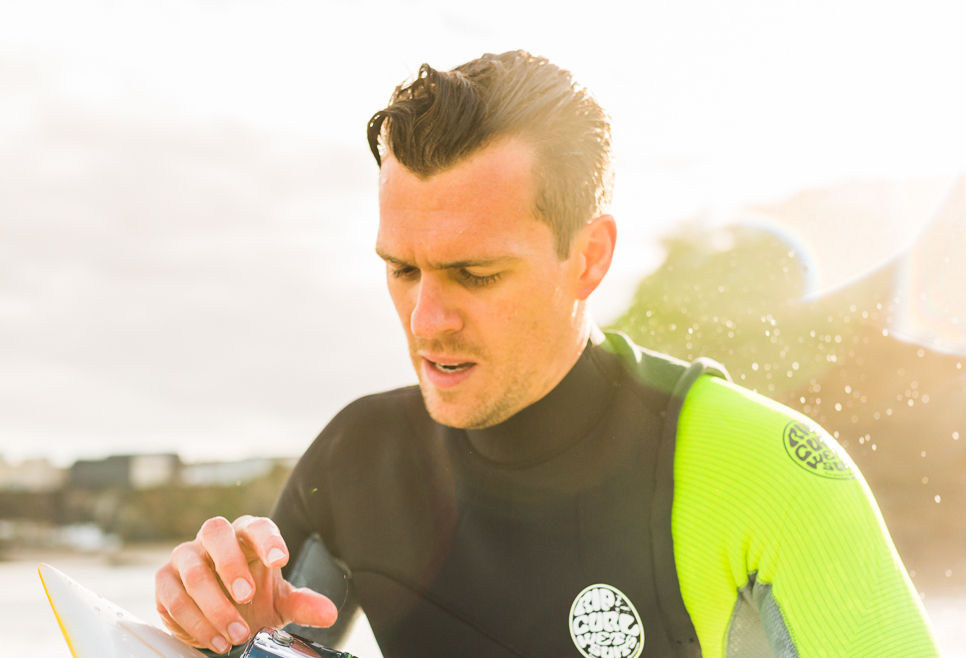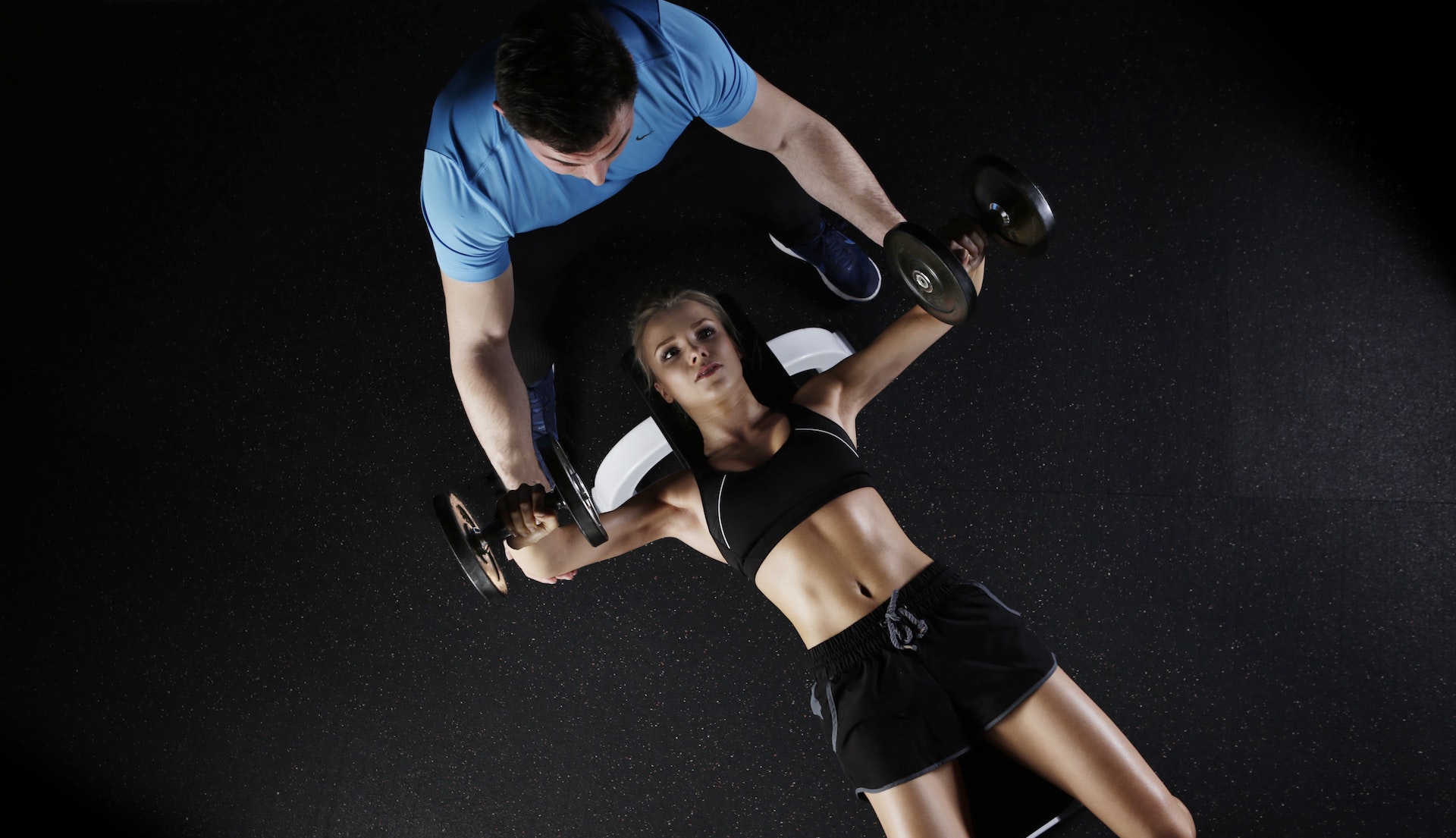
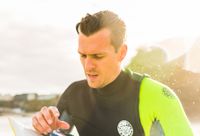
We would never be ones to suggest that there is no longer a need for personal trainers, as there is a wealth of knowledge you can tap into by working out with someone who actually knows what they are doing, but there is a time and a place for apps that can help folk get in shape.
Freeletics is one of the latest in the crop of phone-based training programmes that allow you to train anytime, anywhere, while coaching you through every individual move thanks to detailed videos.
John-Francis Kennedy, a training expert at Freeletics, has mapped out what he believes is a simple workout that will help those with some gym experience raise their game to the next level.
"This workout is designed to improve overall function, health and longevity, while addressing strength, stamina and mobility," he says.
"Training in the gym should focus on compound exercises - using multiple joints and different planes of motion - as well as functional movement patterns. Both go hand in hand," he adds.
With this in mind, his programme hones in on basic human movement patterns that should feature in any holistic training programme: pushing, pulling, squatting, hip-hinging, lunging and walking.
On top of this, a good routine should also address weak areas (such as weak glutes and external rotators of the hip), as well as mobility restrictions (such as tight hip flexors).
Get all the latest news, reviews, deals and buying guides on gorgeous tech, home and active products from the T3 experts
"The most common mobility restrictions we see are tight hip flexors, tight pecs and a kyphotic, or hunched, upper back. This is why we include key stretching exercises into most Freeletics routine," John-Francis explains.
The app is available for both iOS and Android devices but does require a subscription plan to unlock the smart feedback and intelligent coaching features, as well as personal plans, so make sure you're cool with that first.
But once signed up, it asks what your goals are, then gently coaches you through a six or twelve-week programme, with the opportunity to give the virtual coach feedback throughout the process.
Because of this, it constantly adapts and adjusts the difficulty of the exercise and intensity of the workout to ensure you progress without doing yourself a mischief or simply giving up on the whole thing.
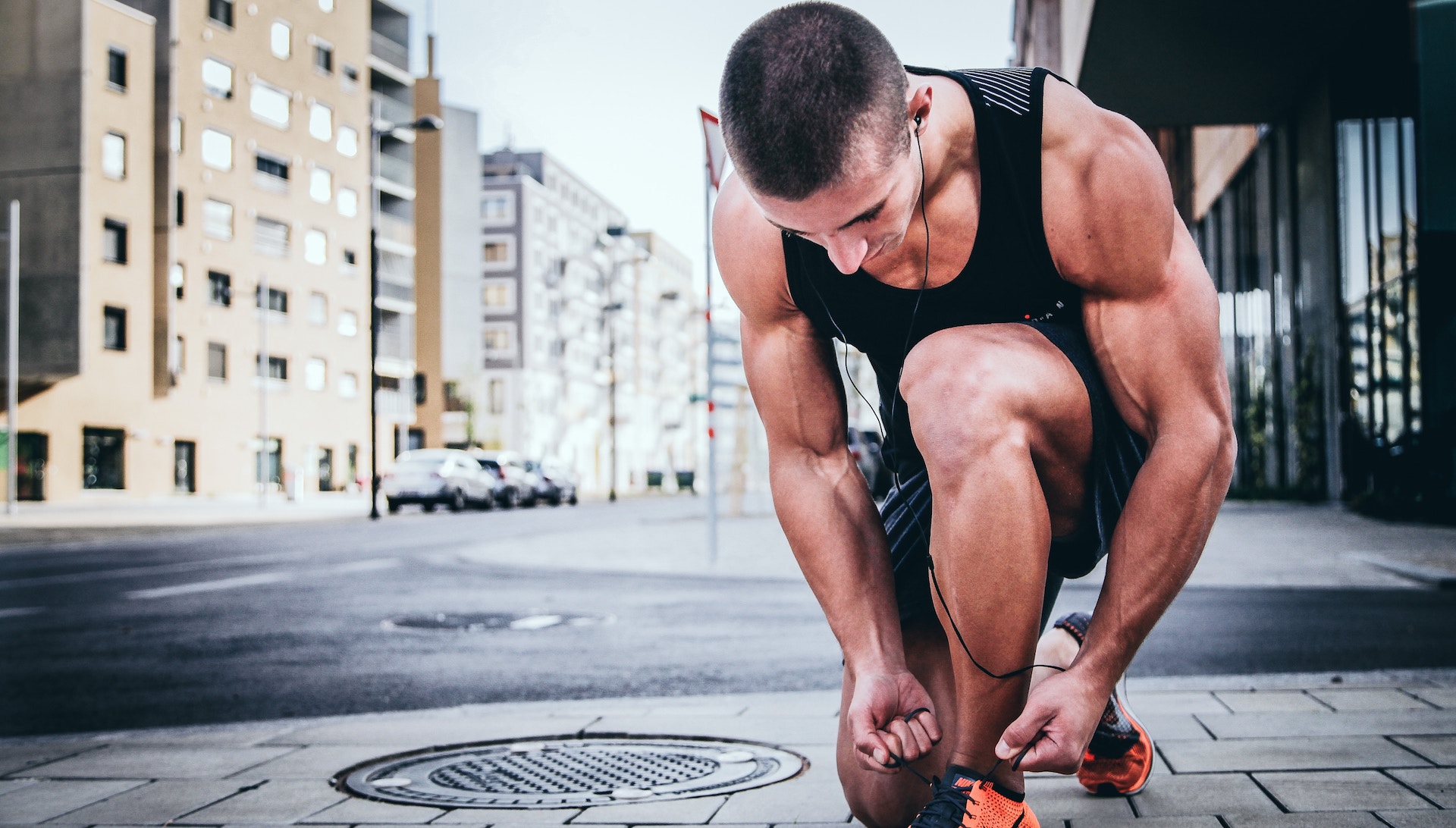
What equipment will I need?
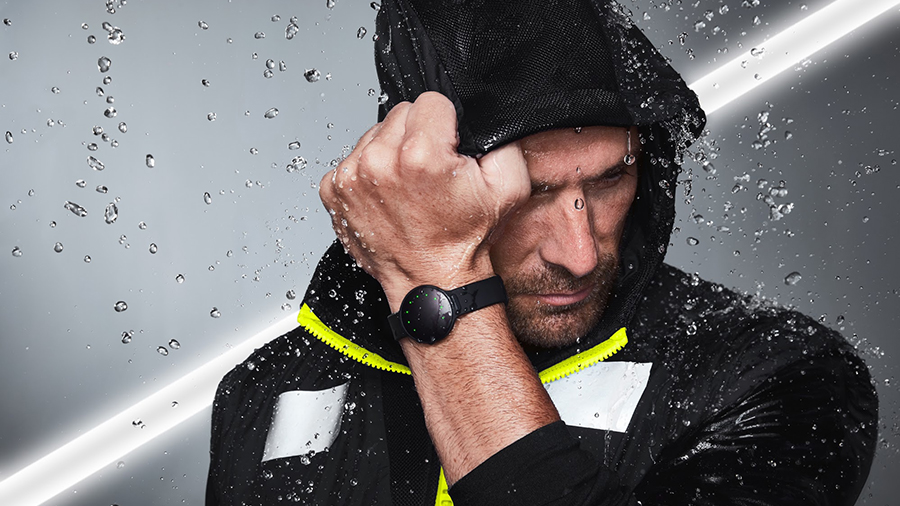
A good fitness tracker will ensure you are pushing yourself
Any well-stocked gym will have all of the equipment you will need to perform this workout, but it can also be undertaken at home with a few simple and inexpensive pieces of kit.
A solid weights bench, a barbell, some dumbbells and a soft workout mat will be enough to get started with the routine, but it's highly likely you'll want to gradually increase the resistance, so you'll require a good spread of weights.
The professionals don't always advise it, but those with limited space could look towards some compact home gym machinery, which generally stacks a larger spread of weight to help progression.
Also, a good fitness tracker is a solid way to ensure you are pushing yourself into the heart rate zones that make a difference, rather than just daydreaming your way through a workout.

A healthy diet is essential to fuel tough sessions
A word on nutrition
Good nutrition is just as important as exercise and if you are bingeing on Pukka Pies after every workout, you aren't going to see positive results in a hurry.
"Most people like to cut out carbohydrates to lose weight, but it’s so important when starting out to have a balanced diet of healthy fats, protein and carbs," explains Mandie Nugent, a KBFF Body Fitness competitor, qualified personal trainer and USN nutrition ambassador.
A workout like this is going to require a lot of energy, so ensure you are getting a good amount of carbs through healthy foods, such as brown pasta and sweet potatoes, the day before the session.
Drink lots of water and ensure the diet is rich in protein to aid muscle growth and development after you've finished pummelling the gym.
Struggling to get enough protein in the system? Check out some of our favourite protein powders for quick and easy muscle building.
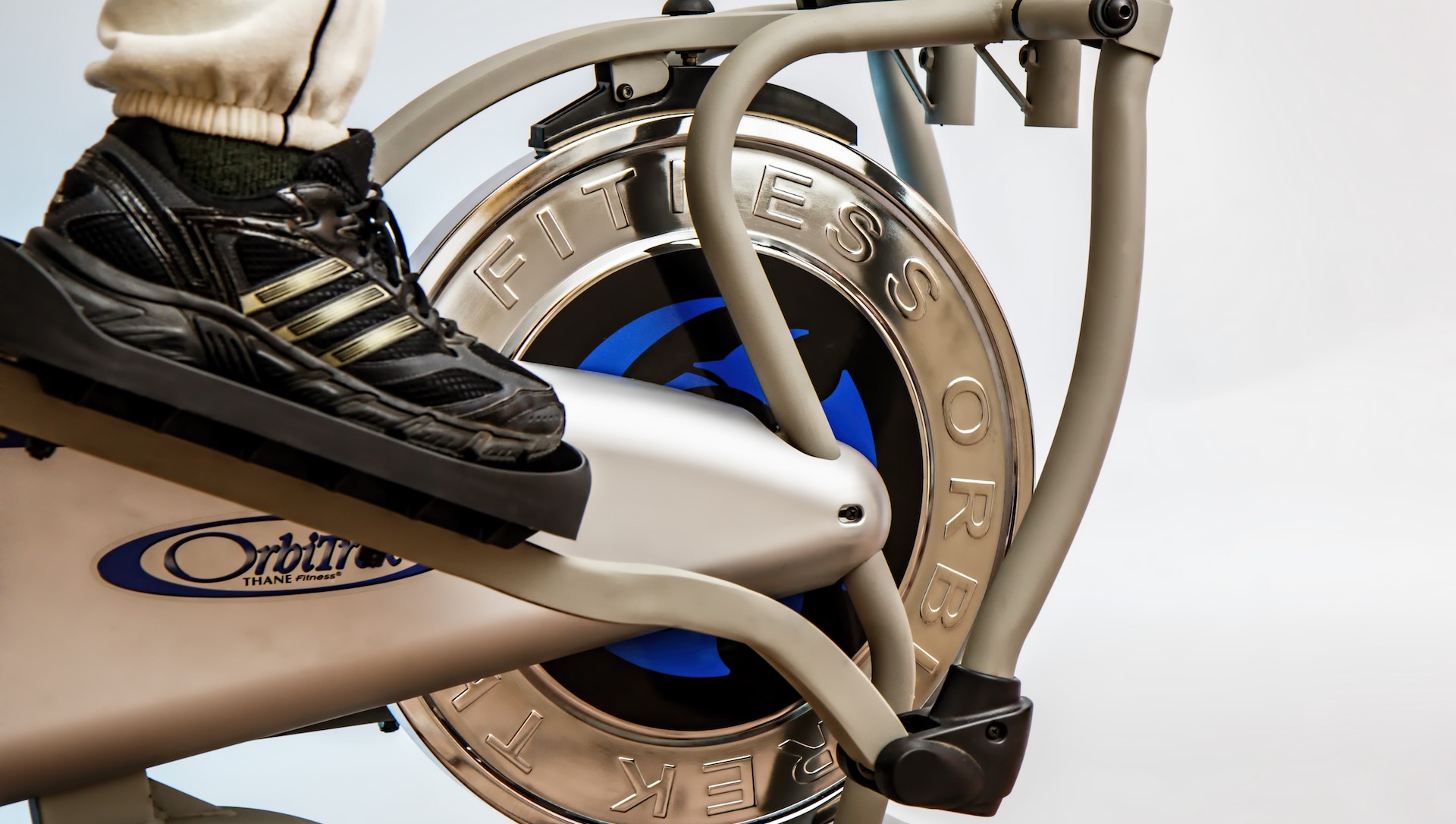
Work out any time and anywhere
How to perform this workout for advanced exercisers
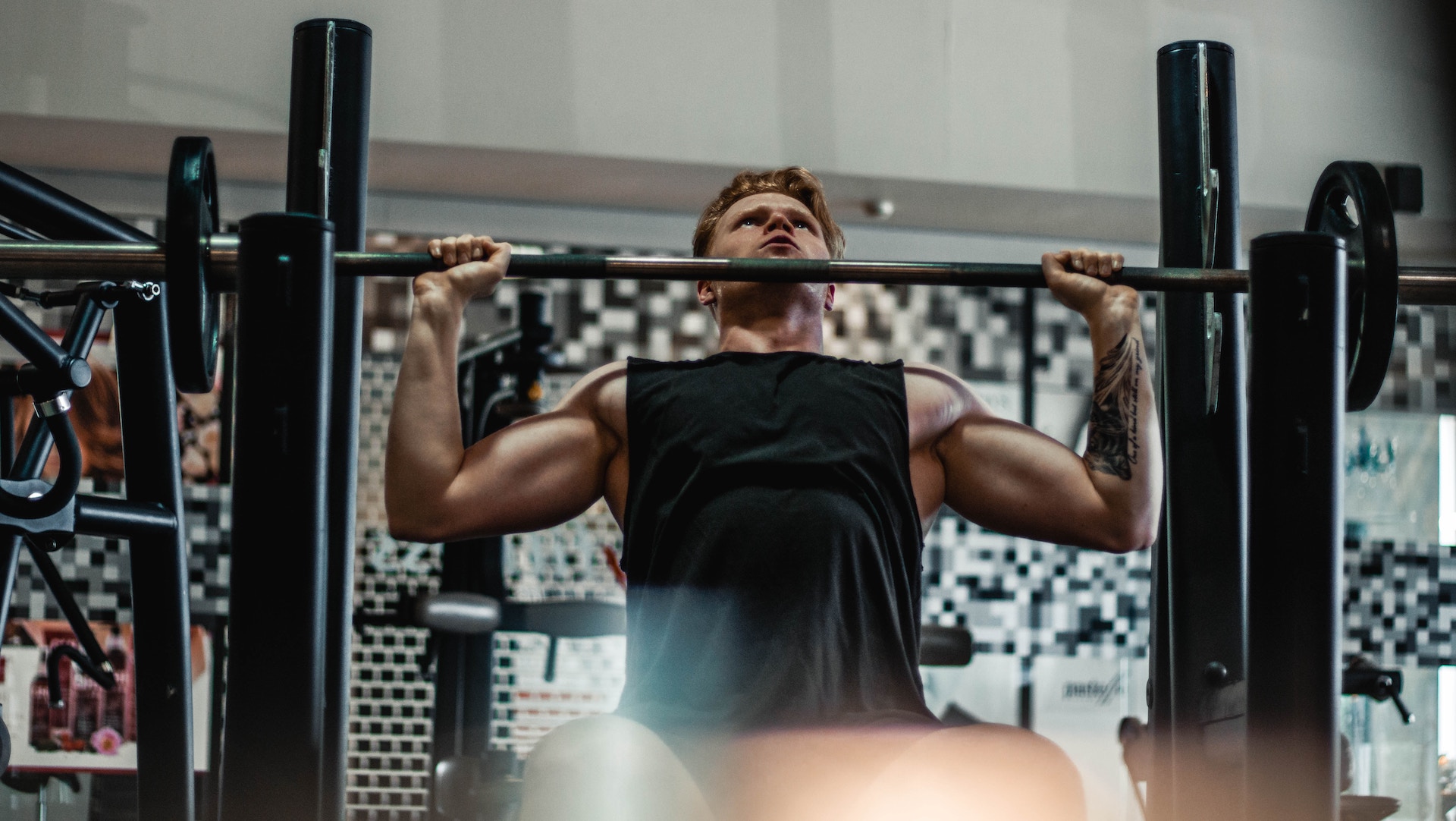
You don't need gym equipment but a good spread of weights helps
Make sure you perform 10-15 minutes of light to moderate cardio as a warm-up to this routine. Or better still, perform a dynamic warm-up that will loosen the joints and get the muscles ready.
This includes things like jumping jacks, butt-kickers, arm windmills, lunges and skipping.
Remember, this workout is designed for more advanced exercisers, so if you're unsure of the move, go and do some research on how to perform it properly, start with a light weight and perfect form before loading up Arnie stylee.
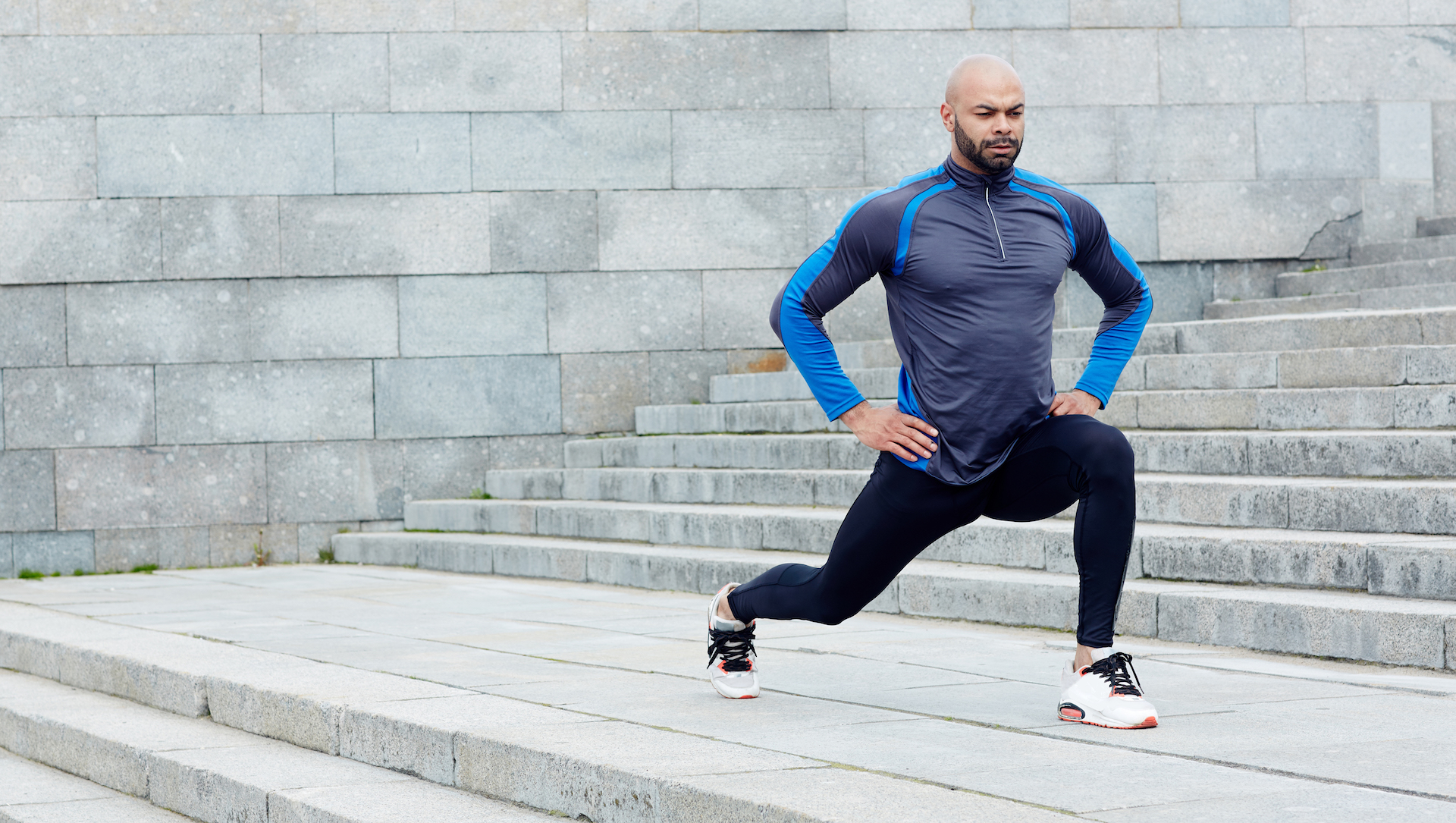
Deadlift
Set: 1 Reps: 5
"The deadlift is one of the best exercises to build overall strength and muscle mass, as well as improving your posture and everyday function. Start with a low weight, so you can focus on form and proper technique, and then gradually increase the load as you warm up. Finish strong with a final heavy set of 5 repetitions.
"This move is a complex exercise and it takes months or even years to practise. Focus on maintaining a straight and neutral spine at all times. Avoid hunching forward or hyperextending your lower back. The Deadlift mainly works the hips and legs if done properly," explains Freeletics main man John-Francis Kennedy.
Load up a barbell with a light weight to begin with. Stand with the middle of your feet under the bar.
Grab the bar with knuckles pointing outwards. Bend over without bending your legs, keeping a nice flat back, chin and head pointed forwards.
Drop into position by bending your knees until your shins touch the bar. Lift your chest and straighten your back by raising you chest and tighten those lats.
Stand tall with your chest out and drag the bar up your shins. Your knees and hips should be locked out and your back should be nice and straight.
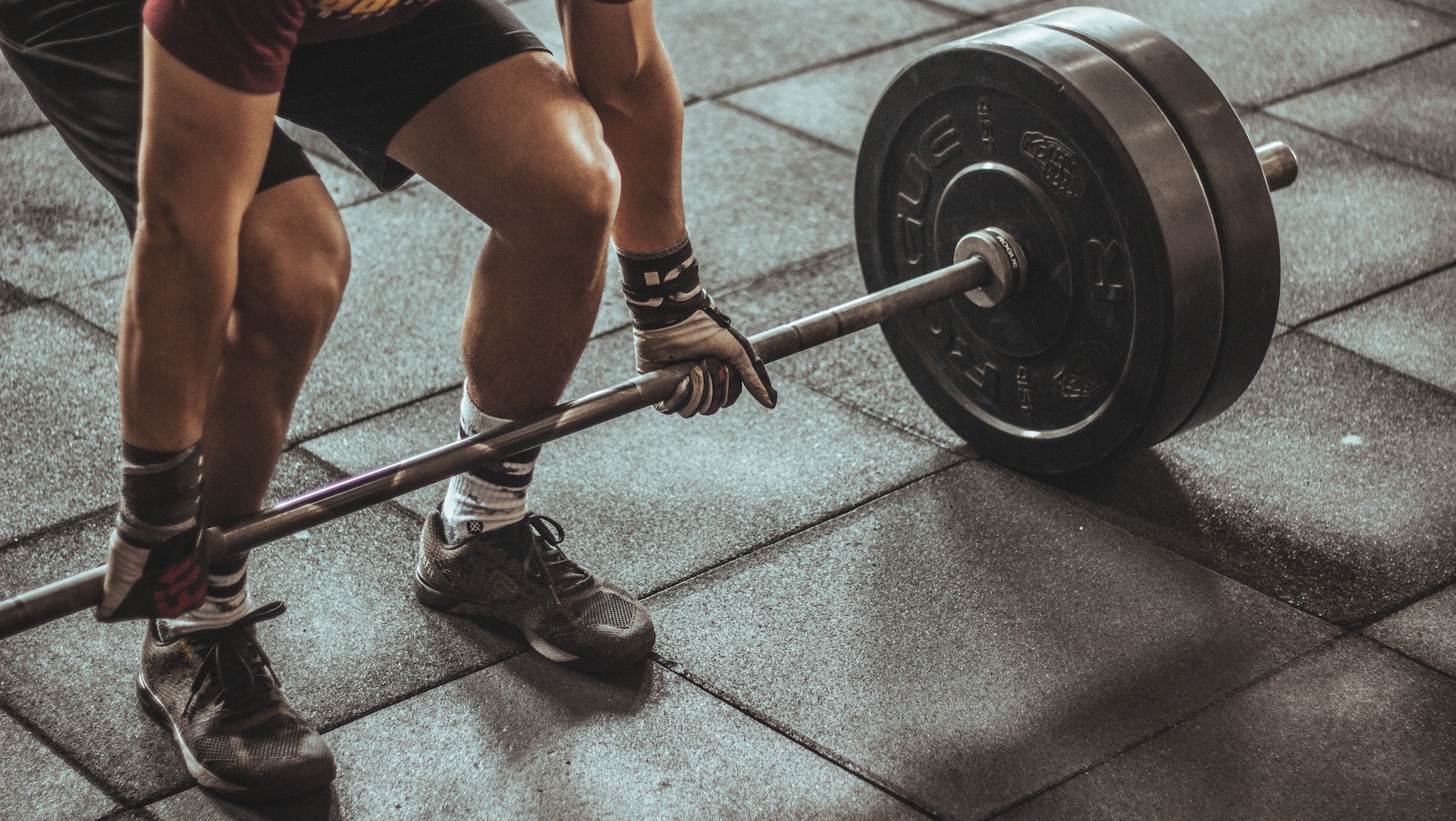
The deadlift is hard to master but hard to beat for muscle development
Squat Jumps
Set: 3 Reps: 10
"Another exercise that works on overall lower body strength and health is the squat. In its most basic form, you would perform an air squat, where you simply squat down and return.
"Advanced exercisers - bearing in mind that they have adequate hip and ankle mobility - can progress towards back squats or squat jumps," says John-Francis.
During the squat jump you sit your hips down and explode up - extending ankles, legs and hips until both feet are off the ground. Try to land with soft knees to decrease the impact on the body.
Ensure the squat form is perfect throughout, including when your legs start to give out after umpteen reps.
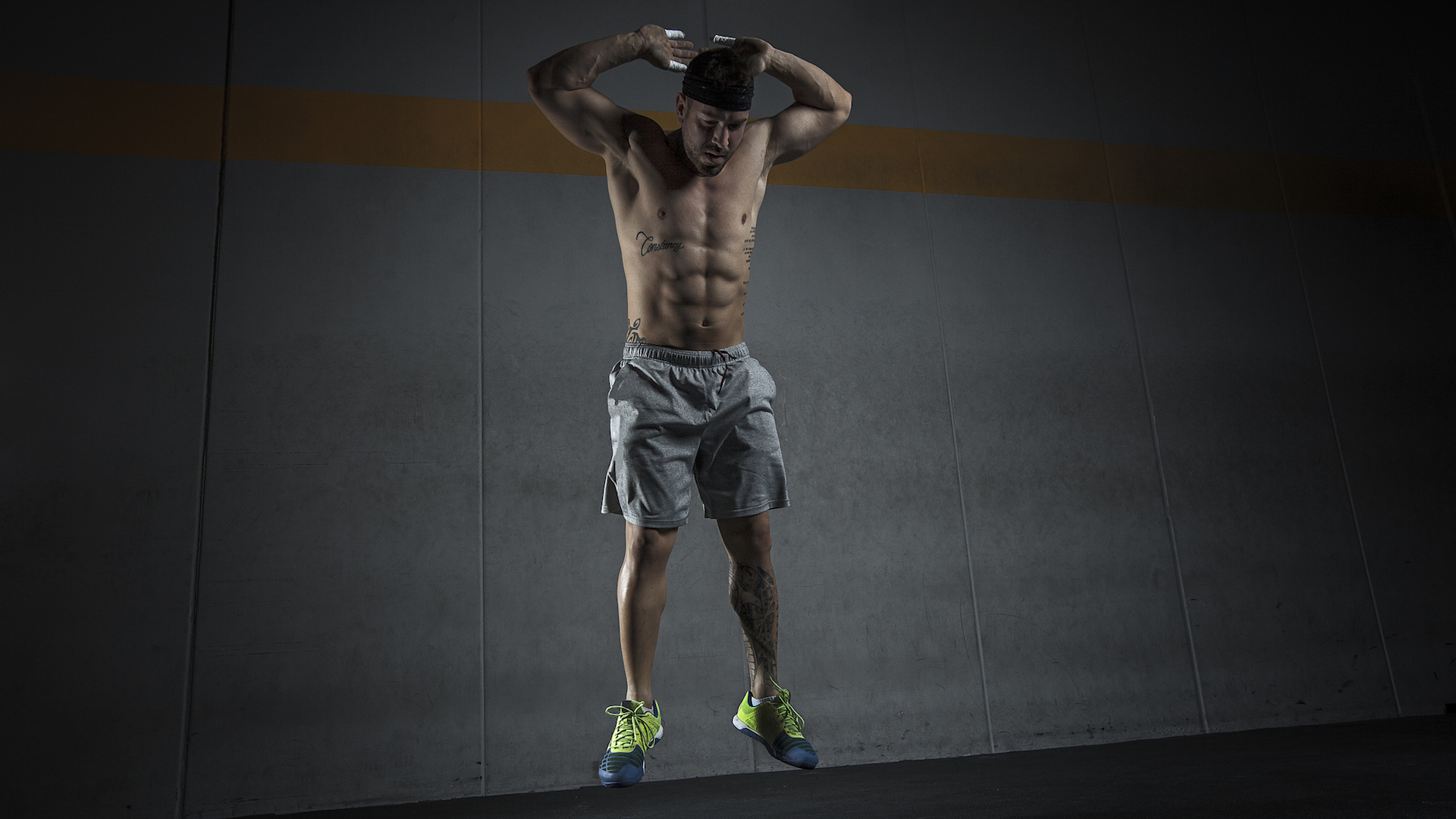
Reverse Lunge
Sets: 3 Reps: 10
"The final lower body movement is a unilateral exercise, which means that each leg is worked individually.
"Both the squat and deadlift work on bilateral function, with the feet parallel to each other. The lunge focuses on one leg at a time and is important to decrease any strength deficit you have between the right and the left leg," explains John-Francis.
Focus on loading the front leg while taking a step back with the other leg. Lower the torso down until the front leg is parallel with the floor.
Try to keep the torso relatively upright and the shin of the leading leg almost vertical to the ground. If you feel confident with this movement, try to add weight by holding a set of dumbbells.
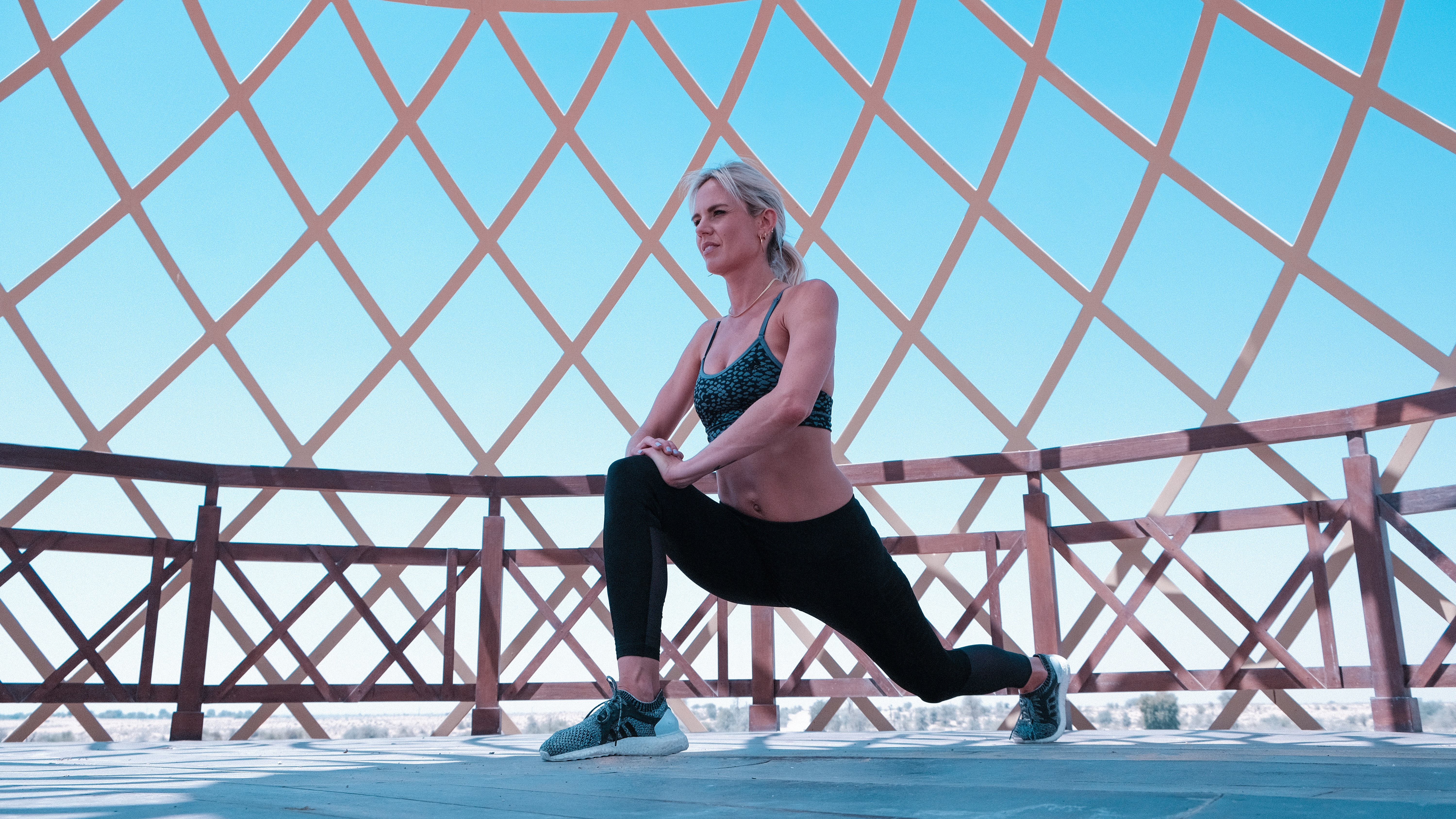
Lunging FTW
Incline Row
Sets: 3 Reps: 10
"This horizontal pull exercise targets the lats (the large back muscle), shoulders, biceps and forearms, but will also test your grip strength. Pull exercises are vital to a healthy body and pain free shoulders.
"During any horizontal pull exercise, you want your shoulders to be down and away from the ear. The key is to learn how to pull with the lats and shoulder blades and not just merely by bending the arms," explains John-Francis.
Set a bench to an incline position and lay with your chest pressed against the pad. Have some light dumbbells waiting at the foot of the bench.
Reach down and grab those dumbbells, pulling them up towards your chest in a rowing motion.
Squeeze your shoulder blades together before returning the weights the starting position.

Push Ups
Sets: 3 Reps: 25
"The opposite movement of a horizontal pull is a horizontal push. For this, we train with some classic push-ups.
"This age-old move works the chest, triceps and the anterior deltoid. A proper push-up, though, requires a great deal of shoulder and core stability.
"Most people flare their elbows and let their hips drop while performing this exercise. Instead, we would like to see advanced athletes tuck their elbows in while simultaneously trying to screw their hands into the ground. This will create more stability at the shoulders, minimising the risk of injury," says John-Francis.
On top of this, aim for a stable and rigid midline of the body. Imagine there's a broom handle running down your spine - that handle should be in contact with the length of the spine throughout the press-up manoeuvre.
No saggy hips, no butts towards the sky and no elbows sticking out towards the wall. Perform the move in front of a mirror to ensure you're getting it right.
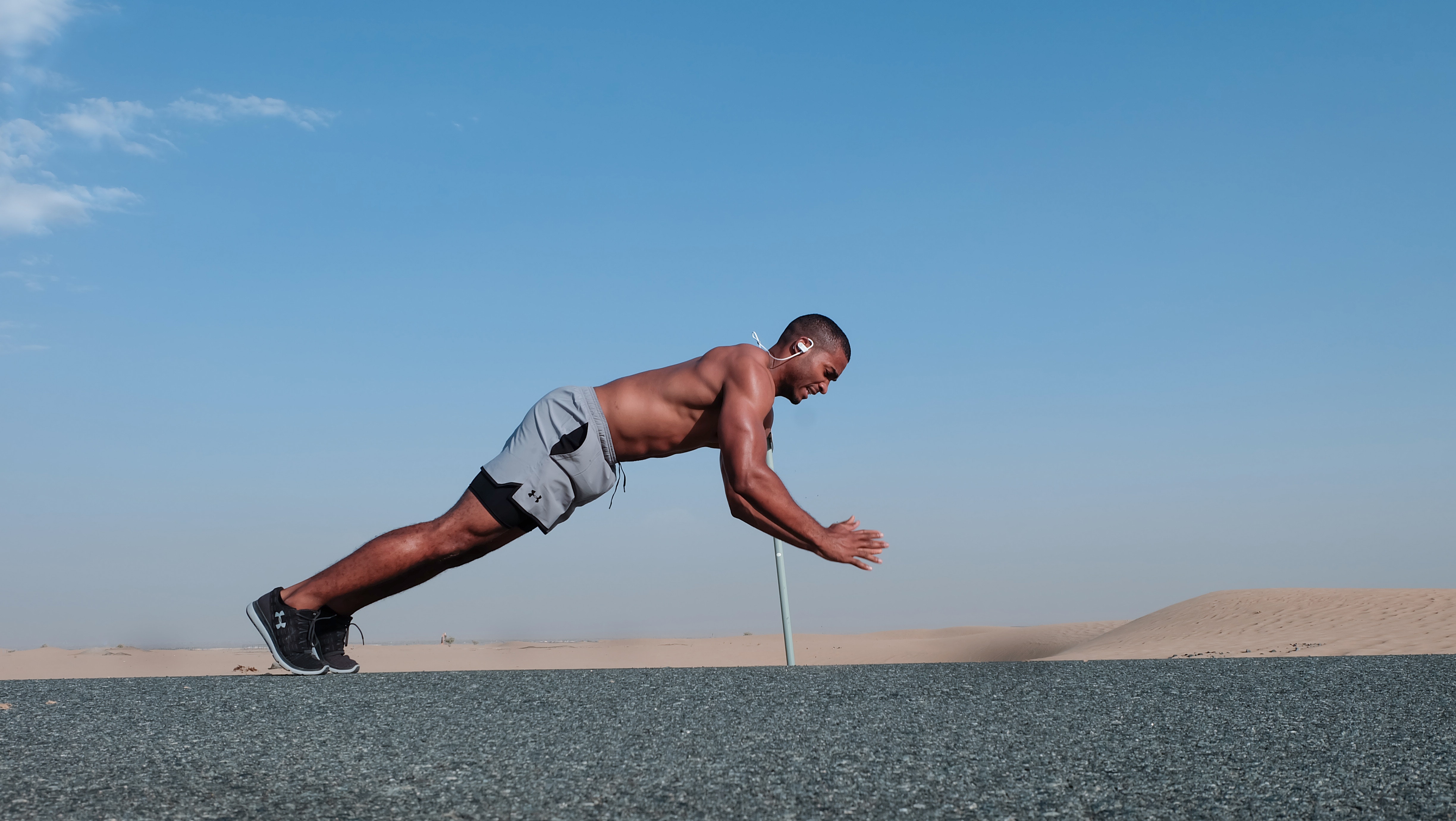
Add an explosive clap to the push-up for serious gainz
Planks
Sets: 3 Duration: 30sec
"If you performed the previous exercises with proper technique, you already would have worked your core. But because even advanced athletes often suffer from an unstable core or an anterior pelvic tilt, we like to add in Plank variations to improve this element.
"Again, focus on a neutral spine. Use the broom handle analogy from the previous exercise and keep that back flat and straight with a braced core," says John-Francis.
To further engage the abs, try to pull the elbows down as if you were attempting to pull the floor towards your feet.
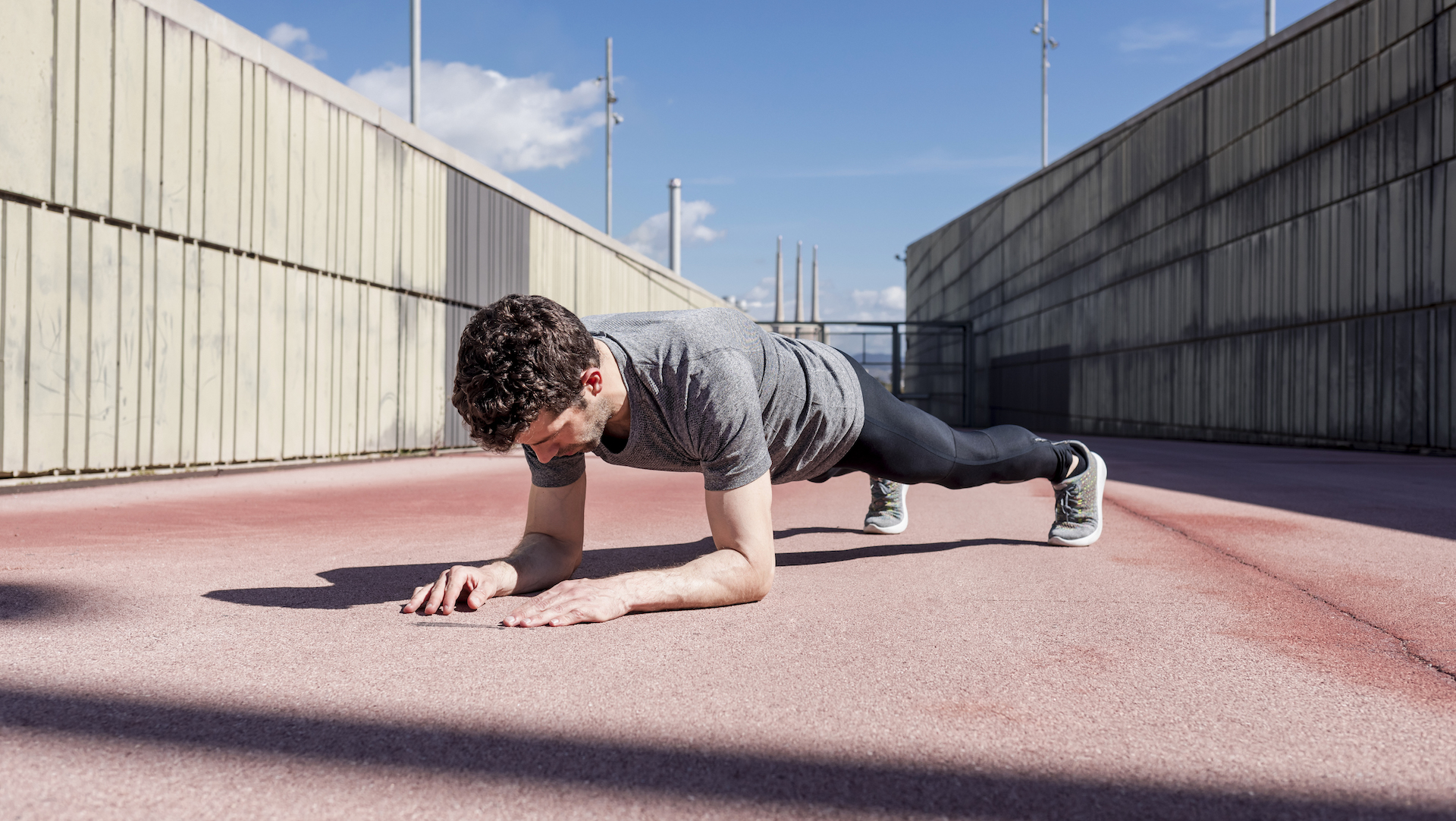
Leon has been writing about automotive and consumer tech for longer than he cares to divulge. When he’s not testing the latest fitness wearable and action camera, he’s out in a shed fawning over his motorcycles or trying not to kill himself on a mountain bike/surfboard/other extreme thing. He's also a man who knows his tools, and he's provided much of T3's drills coverage over the years, all without injuring himself.
